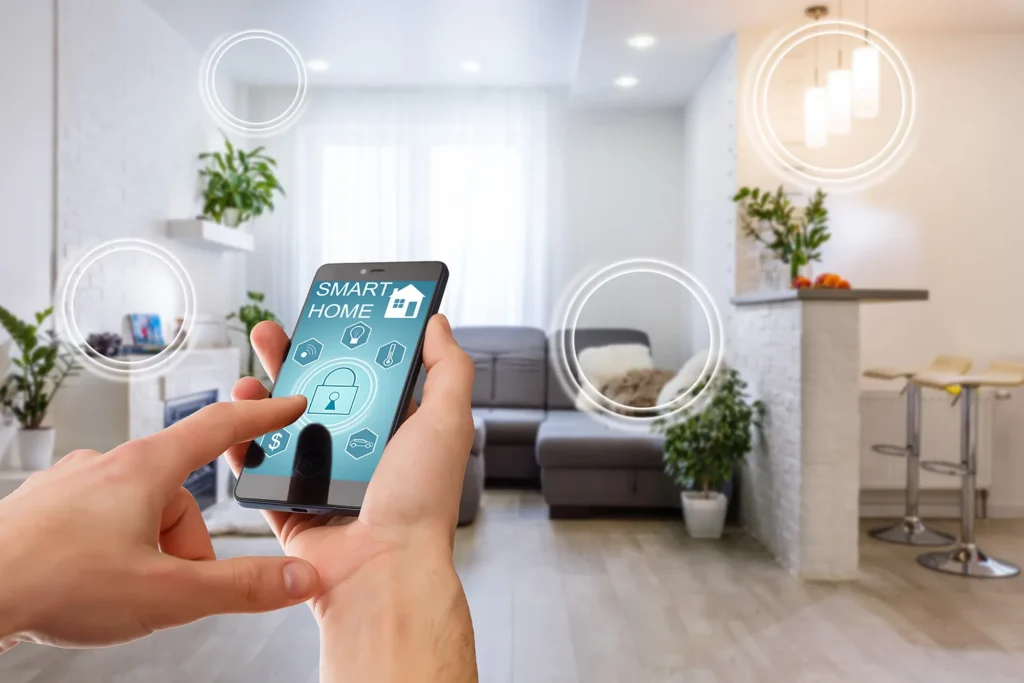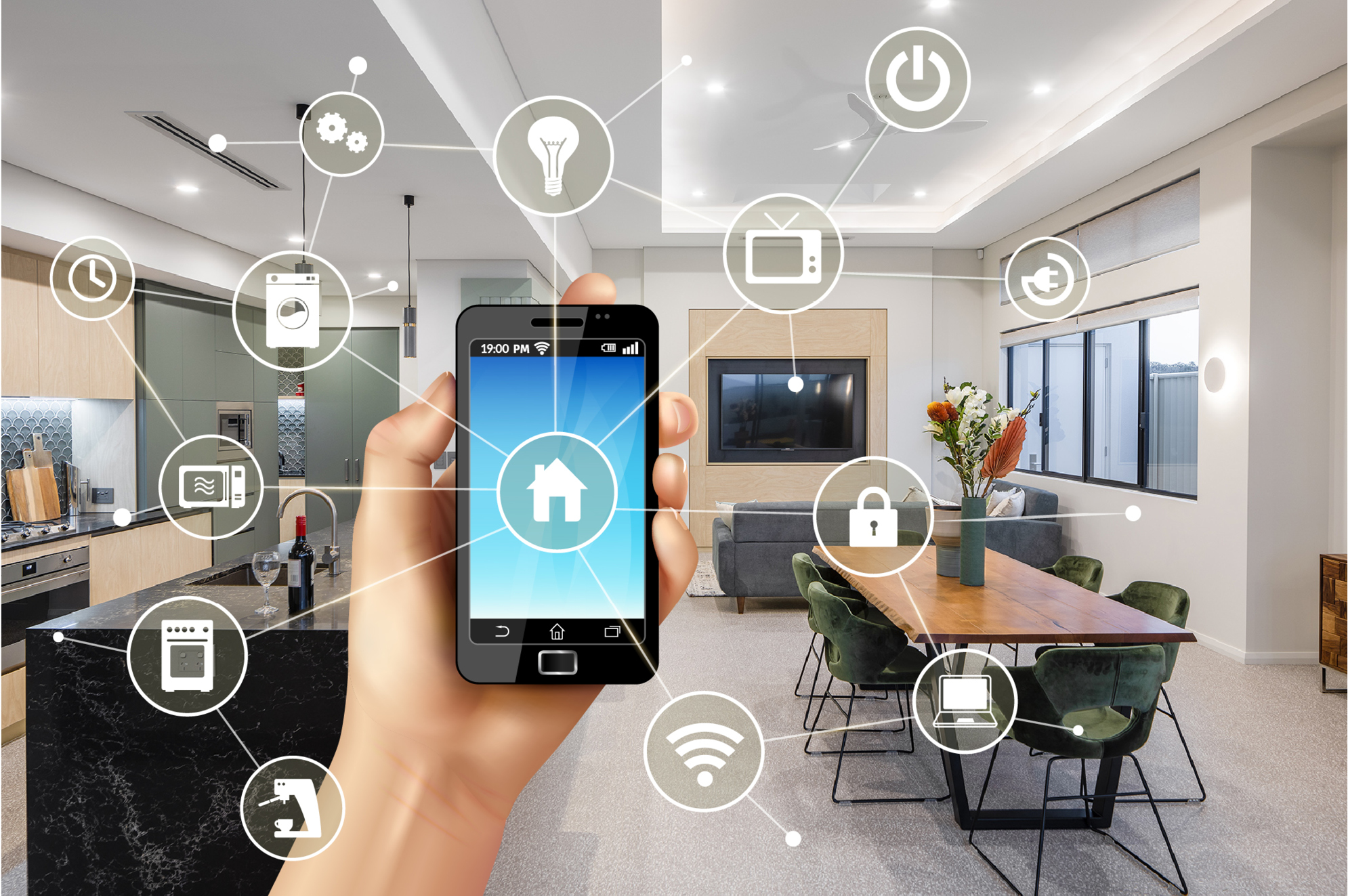The Internet of Things (IoT) has changed the way we live, work, and interact with technology. At the heart of IoT are sensors, small yet powerful devices that collect, analyze, and transmit data. From smart homes to healthcare, agriculture to transportation, IoT sensors are making daily life more convenient, efficient, and safe.
This article explores how IoT sensors are integrated into everyday living, their types, benefits, and future trends—all while highlighting why they matter in our connected world.
What Are IoT Sensors?

IoT sensors are devices that detect physical or environmental changes—such as temperature, motion, light, or pressure—and transmit this information to connected systems for analysis and action.
How They Work
- Data Collection – Sensors capture information from the environment.
- Data Transmission – Information is sent to a cloud server or local system via Wi-Fi, Bluetooth, or other wireless protocols.
- Actionable Insights – AI or software interprets the data, triggering actions or alerts.
Types of IoT Sensors in Daily Life
1. Motion Sensors
- Used in smart lighting, home security systems, and elderly care.
- Detects movement and helps automate actions (like turning lights on).
2. Temperature Sensors
- Found in smart thermostats, refrigerators, and HVAC systems.
- Maintains comfortable living environments and reduces energy waste.
3. Proximity Sensors
- Used in smartphones, parking sensors, and retail stores.
- Detects nearby objects without physical contact.
4. Health Sensors
- Found in wearable devices like fitness trackers and smartwatches.
- Tracks heart rate, oxygen levels, sleep, and activity patterns.
5. Environmental Sensors
- Monitors air quality, humidity, and pollution levels.
- Important for health, agriculture, and smart cities.
6. Smart Cameras with AI Sensors
- Used in home security, pet monitoring, and elderly care.
- Detects faces, unusual movements, or emergencies in real-time.
Applications of IoT Sensors in Daily Life
Smart Homes
- Motion sensors for lighting and security.
- Temperature sensors in smart thermostats to save energy.
- Leak sensors to detect water damage early.
Healthcare & Elderly Care
- Wearables that track vital signs and detect falls.
- Smart medication dispensers using sensors to remind patients.
- Remote monitoring systems for elderly independence.
Transportation
- GPS and motion sensors in cars for navigation and safety.
- Tire pressure sensors to avoid accidents.
- Smart traffic management using real-time data.
Retail & Shopping
- Proximity sensors for personalized shopping experiences.
- Inventory management using RFID sensors.
- Smart vending machines that restock automatically.
Agriculture
- Soil moisture sensors to optimize irrigation.
- Temperature and humidity sensors in greenhouses.
- Livestock monitoring using wearable sensors.
Benefits of IoT Sensors in Daily Life
1. Convenience
Automation saves time by handling routine tasks—like adjusting lighting, controlling temperature, or feeding pets.
2. Cost Savings
Smart energy sensors reduce utility bills by preventing waste.
3. Safety & Security
IoT-powered cameras and motion sensors enhance home and workplace security.
4. Health Monitoring
Wearable health sensors provide real-time insights that help detect potential issues early.
5. Sustainability
Environmental sensors encourage smarter resource usage, reducing carbon footprints.
Challenges of IoT Sensors
Privacy Concerns
Constant monitoring raises issues about data privacy and security.
Device Compatibility
Different devices may not always integrate seamlessly.
Cost Barriers
Advanced IoT systems can be expensive for average households.
Reliability
Sensors need proper maintenance and calibration to work effectively.
Future of IoT Sensors in Daily Life
AI-Powered Predictions
IoT sensors will not just collect data but also predict future behavior, like detecting health issues before symptoms show.
5G Connectivity
Faster, more reliable connections will make IoT devices work seamlessly.
Smarter Cities
IoT sensors will manage traffic, waste, and energy to create sustainable urban living.
Personalized Experiences
Homes and devices will adapt automatically to individual preferences and habits.
FAQs about IoT Sensors in Daily Life
1. How do IoT sensors save energy?
They detect usage patterns and optimize appliances like lights, HVAC systems, and smart plugs to reduce waste.
2. Are IoT sensors safe to use at home?
Yes, most are safe, but always choose devices with strong data security protocols.
3. Can IoT sensors work without the internet?
Some sensors can operate locally, but most require an internet connection for full functionality.
4. How affordable are IoT sensors?
Prices vary—basic sensors can cost as little as $20, while advanced smart home systems can be several hundred dollars.
5. What industries benefit most from IoT sensors?
Healthcare, agriculture, transportation, and retail are currently leading adopters.
Conclusion
IoT sensors are quietly transforming our daily lives, making homes smarter, healthcare more efficient, and cities more sustainable. While there are challenges like privacy and cost, the benefits far outweigh the drawbacks.
As IoT continues to evolve, we can expect a future where sensors anticipate our needs, protect our health, and make everyday living smoother than ever before.






